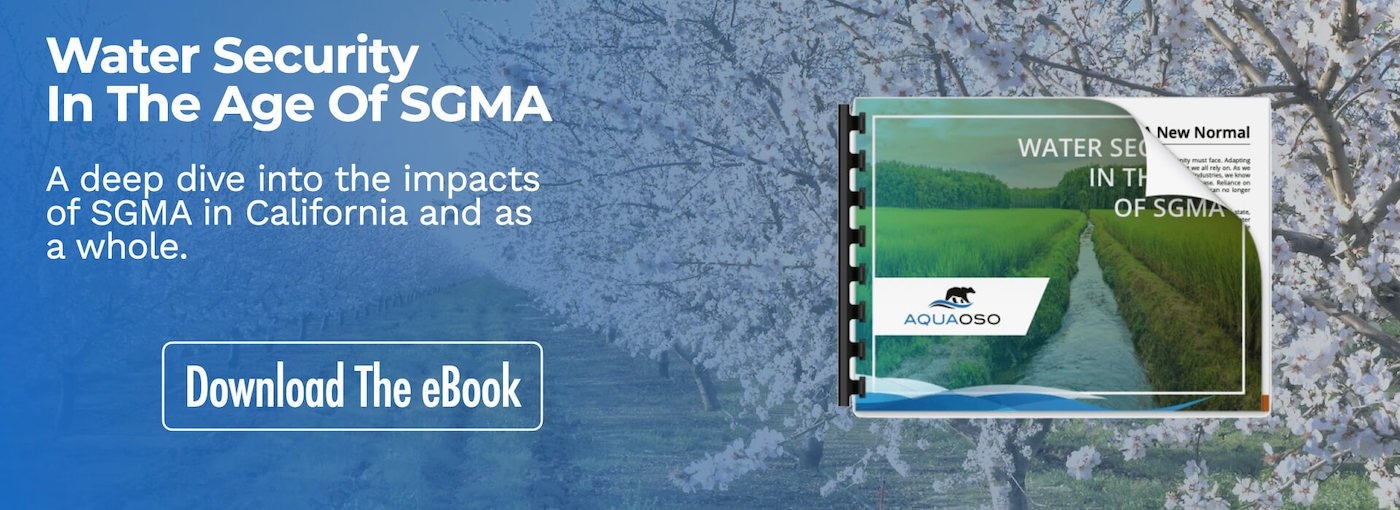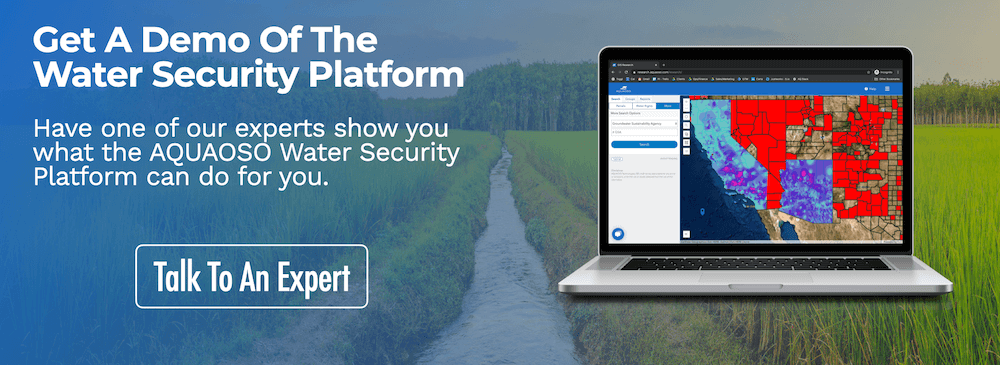Financial Capital and Its Role in ESG Risk Mitigation
For the past several centuries, financial capital has been the dominant form of capital in modern societies. It’s what individuals use to make an investment or purchase a home, and it’s how businesses develop a capital structure to generate revenue and maximize profits. Until recently, it seemed to be the only type of capital that mattered.
But with growing awareness of climate change, water scarcity, and food insecurity, it’s becoming clear that financial capital is just part of the equation. Companies that don’t consider other forms of capital – natural capital and social capital – will be at greater risk than those that do. The well-being of natural and social capital affects financial capital in ways that will become increasingly clear in light of expanded ESG reporting.
This post will explore the connection between financial capital and other types of capital, how maintaining and stewarding this connection is beneficial and gives businesses who do a competitive advantage. It will also explore how ESG reporting is essentially a way to measure the health of this link in practice and on paper.
What is Financial Capital?
Financial capital is primarily a way to own and trade other types of capital.
AQUAOSO defines financial capital as:
A measurement of the value that humans derive from currency. It is widely the principal variety of capital that today’s economies and societies focus upon. There are, however, two other types of capital that deserve equal attention due to the connectedness of the three: natural and social.
Natural capital refers to the natural resources upon which a business model depends. This can take the form of physical resources, such as water or minerals, or simply the capacity of an ecosystem to sustain itself. For example, agriculture relies on physical resources like water and soil. Because natural capital may be limited or non-renewable, its availability can constrain financial capital and impact the long-term ROI of a project.
Likewise, social capital can influence financial capital through the fostering or leveraging of relationships between businesses, citizens, governments, and other elements of the social structure.
Financial Capital’s Relationship with Social and Natural Capital
The rise of ESG initiatives and impact investing has led to an increased awareness of how interconnected the three types of capital are. Businesses that view and treat environmental and social externalities as separate from financial capital risk depleting resources and harming public goodwill that will ultimately hurt their bottom line.
While the connection between the three types of capital isn’t new, the availability of ESG data – as well as the shifts brought about by climate change, social justice movements, and other factors – will make these links more apparent. Success with financial capital will require businesses and investors to steward the success of social and natural capital too.
An example of this interplay can be seen in the California Delta region, where water is a resource that must meet the needs of agriculture, wildlife, local communities, and more. Capital holders must view the needs of the ecosystem, including fish and other wildlife, as well as nearby communities, as being as important as financial incentives.
Only when these needs are honored can financial capital holders count on long-term ROI and the success of capital-focused initiatives in the region.
The Role Data Can Play
Recognizing these connections, and communicating to other stakeholders about them, can be a challenge without access to the right data. After all, natural and social capital may appear to be harder to measure than financial capital, which can be measured in dollars and cents. But as Conservation.org points out, this is rapidly changing:
“Many see the valuation of nature’s benefits as a way to make the contribution of nature to livelihoods and economies visible. This can inform more sustainable choices, including market-based conservation, which can be crucial for protecting nature from unrestrained consumption…. By establishing nature’s value, we can foster efforts to account for nature’s benefits and ensure their continuous flows over time.”
As GIS data and other types of environmental data become more widely available – and as governments and investors alike put pressure on companies to develop standardized ESG reporting practices – it will become easier for stakeholders to identify these links.
For example, agricultural banks can use GIS data to identify water security risks across their portfolio – as well as to identify investments that would have a positive impact on the environment and their bottom line. This increasing demand for ESG data may lead to new water efficiency initiatives on farms or water management opportunities such as water markets. Because these initiatives to protect natural capital can be valued and measured, the associated data can be used to mitigate financial risks.
Why This Matters for ESG Reporting
New ESG reporting requirements will put additional pressure on businesses to develop standardized reporting metrics. European banks are already undergoing stress tests to avoid a financial collapse due to climate change, and U.S. regulators aren’t far behind. The SEC has appointed a new senior policy advisor to address ESG initiatives.
New requirements are likely to step up the scrutiny of loan and investment portfolios – not just in terms of financial capital, but the long-term sustainability of natural and social capital as well. This means it’s important for investors and financial institutions to have an understanding of how the three types of capital influence each other.
This can lead to a deeper understanding of where financial risk actually comes from and can lay the groundwork for more effective risk mitigation strategies. Additionally, it will make it easier for stakeholders to comply with ESG reporting requirements. All of this makes it imperative to gather the right data and use it to inform ESG goals.
To learn more about ESG reporting and capital risk, go to the explorable AQUAOSO Guide.
The Bottom Line
Financial capital is but one form of capital in the marketplace, especially when it comes to ESG reporting and risk management. Natural and social capital both have an equally important influence, and together they can determine the sustainability of long-term investments and the security of financial capital.
Access to better data can illuminate the links between the three types of capital so that investors can make better decisions concerning social, natural, and financial risks. This stands to benefit stakeholders, the community involved, the natural resources in question, and financial institutions themselves.
Agriculture professionals at all levels can use AQUAOSO’s Water Security Platform to identify and monitor water risk associated with loans, land deals, and investments. The Portfolio Connect tool makes it easy to comply with regulatory requirements, as well as to monitor water risk across an entire portfolio. The Research and Reporting tool helps users explore granular GIS data on a parcel-by-parcel basis.
Contact the team to find out how AQUAOSO can help with risk mitigation, or sign up for the newsletter to stay on top of ESG news and other water security issues.
Recent Posts
Agcor and AgWare Celebrate 2 Years of Groundbreaking Integration, Setting the Standard in Agricultural Appraisal Efficiency
PRESS RELEASE For Immediate Release DENVER, March 21, 2024 -- Agcor, an AQUAOSO Technologies, PBC brand, a leading provider of agricultural lending software solutions, announces a significant milestone in its partnership with AgWare, a premier developer of innovative...
AQUAOSO launches Agcor – a full suite of digital tools for the modern ag lender.
PRESS RELEASE For Immediate Release Denver, CO - Today, AQUAOSO Technologies, PBC officially unveiled Agcor™ - a suite of software tools for the modern ag lender. The software is purpose-built by and for agricultural lenders to unlock the power of...
AQUAOSO’s Climate Intelligence Platform Showcased At OnRamp Conference
PRESS RELEASE For Immediate Release AQUAOSO showcases GIS Connect, a climate intelligence platform that helps US financial institutions mitigate climate risk during the recent OnRamp Agriculture conference. AQUAOSO shares their story of substantial growth as...



